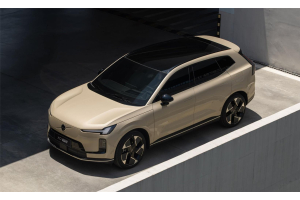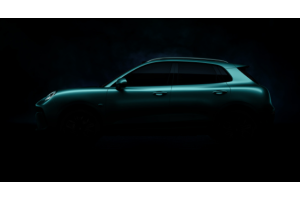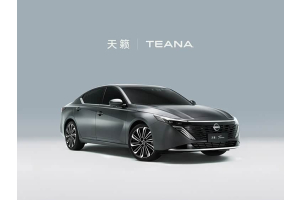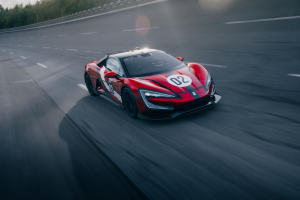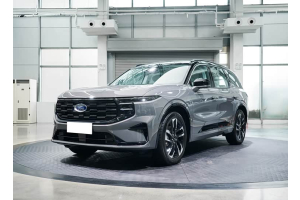Dongfeng Honda Faces Significant Sales Decline Starting from Second Half of 2025

Dongfeng Honda Faces Significant Sales Decline Starting from Second Half of 2025
Dongfeng Honda, one of China's major joint-venture automakers, has experienced a sharp downturn in sales since the latter half of 2025. In July 2025, none of its models achieved a monthly sales volume exceeding 10,000 units. The CR-V, its best-selling model, recorded sales of only 9,873 vehicles, accounting for nearly half of the brand's total sales. Meanwhile, the Civic, once a segment leader, sold merely around 3,000 units. Sales of its main models dropped by 74% year-on-year and 60% month-on-month, placing Dongfeng Honda at the bottom among mainstream joint-venture brands in China.
Civic Sales Plunge Compared to Competing Models
The Honda Civic saw sales of approximately 3,000 units in July 2025, representing an 88% decline compared to the same period in 2024. Sales have drastically fallen from nearly 20,000 units per month at the beginning of the year to around 3,000 units. Cumulative sales for the year reached only 106,000 vehicles, marking a 40% decrease compared to 2023. As a result, the Civic has dropped to the 22nd position in the monthly sales ranking of A-class sedans.
In an attempt to revive demand, the terminal price of the Civic has been reduced to 89,900 CNY (approximately 12,496 USD, assuming an exchange rate of CNY:USD 7.2). This represents a drop of 40,000 CNY from its peak price. However, these price cuts have failed to reverse the sales decline.
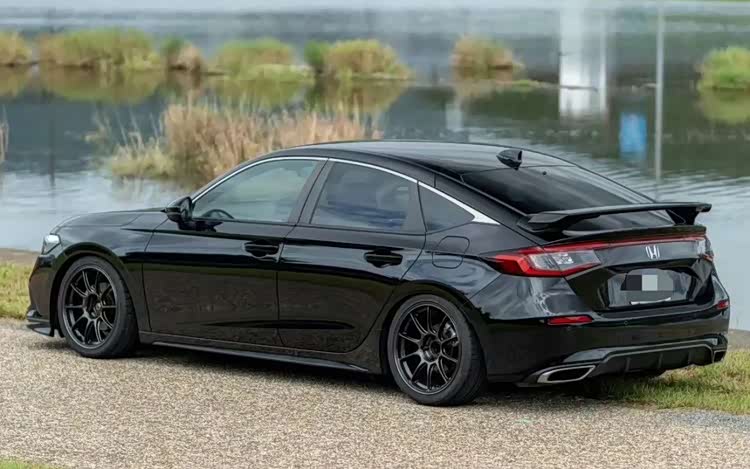
CR-V Also Experiences Major Sales Drop
The CR-V, another historically strong performer for Honda, saw a 65% reduction in sales compared to the beginning of the year. Its longstanding popularity in the market has significantly diminished.
Weak Performance of Electric Vehicles
Dongfeng Honda launched the new electric SUV model S7, equipped with advanced technologies such as a Heads-Up Display (HUD), autonomous driving systems, and electronic side mirrors. Priced at 259,900 CNY (approximately 36,100 USD), the model has received a lukewarm response in the market, with monthly sales lingering at just over 100 units.
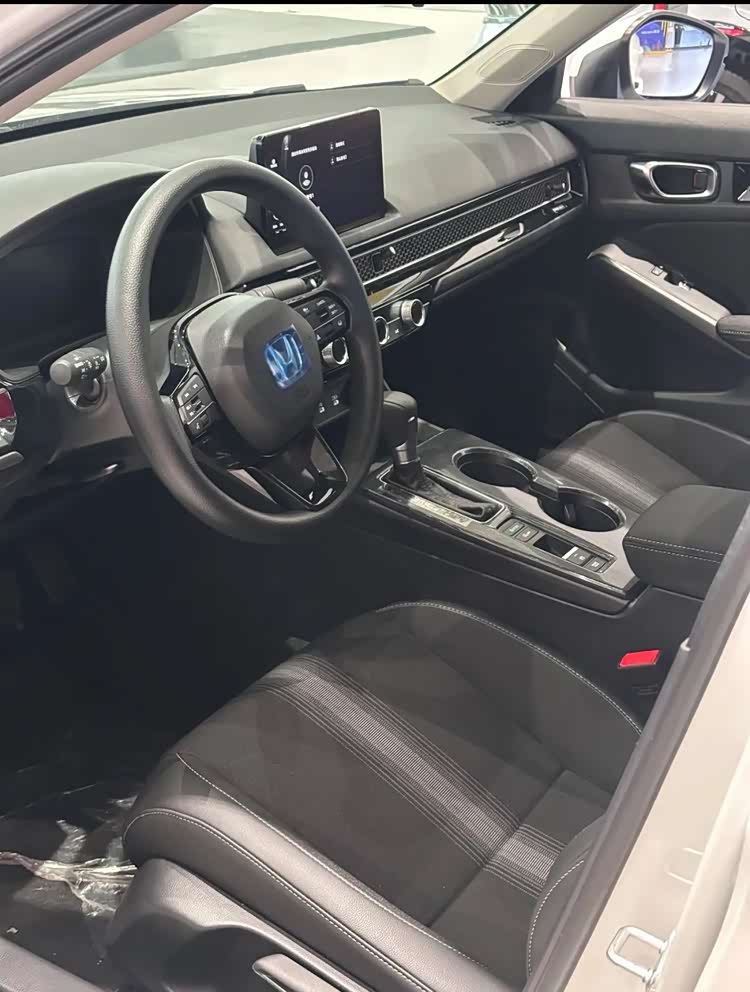
Comparison with Domestic New Energy Competitors
| Model | Sales in July 2025 | Price Range | Core Powertrain | Key Competitors |
|---|---|---|---|---|
| Honda Civic | ≈3,000 units | Starting at 89,900 CNY | Fuel / Mild Hybrid | BYD Qin PLUS DM-i, Xpeng MONA M03, Chery Arrizo 8, Geely Xingyue |
| Honda CR-V | 9,873 units | 170,000 - 260,000 CNY | Fuel / Hybrid | BYD Song PLUS DM-i, Deepal S7 |
| BYD Qin PLUS DM-i | >15,000 units | Starting at 79,800 CNY | Plug-in Hybrid | |
| Xpeng MONA M03 | ≈7,000 - 9,000 units | 90,000 - 120,000 CNY | Pure Electric | |
| BYD Song PLUS DM-i | >20,000 units | 120,000 - 150,000 CNY | Plug-in Hybrid |
Competing models such as the BYD Qin PLUS DM-i and Xpeng MONA M03 have significantly outperformed the Civic in the same price segment. These domestic new energy vehicles attract consumers with lower prices and more advanced technological features, drawing away many potential Civic and CR-V buyers.
Newly launched models from independent brands, including the Chery Arrizo 8 and Geely Xingyue, along with new energy products from BYD and Geely, have created intense market pressure. These models achieve monthly sales of over ten thousand units each.
Analysis of Major Reasons for the Decline
Shift in Consumer Preferences: The Civic was once highly popular for its sporty design, youth appeal, fuel efficiency, and strong resale value. However, young consumers are increasingly shifting towards new energy vehicles, reducing the appeal of traditional fuel efficiency and resale value.
Lagging New Energy Strategy: Dongfeng Honda's newly launched models, including the S7 electric SUV and hybrid and electric versions of the CR-V, have failed to gain market traction. The brand's new energy products are perceived as lacking competitiveness and are priced higher than rivals.
Uncompetitive Product and Pricing Strategy: Although Dongfeng Honda has implemented significant price reductions, competing new energy models offer lower prices and better configurations, leading consumers to prefer domestic brands.
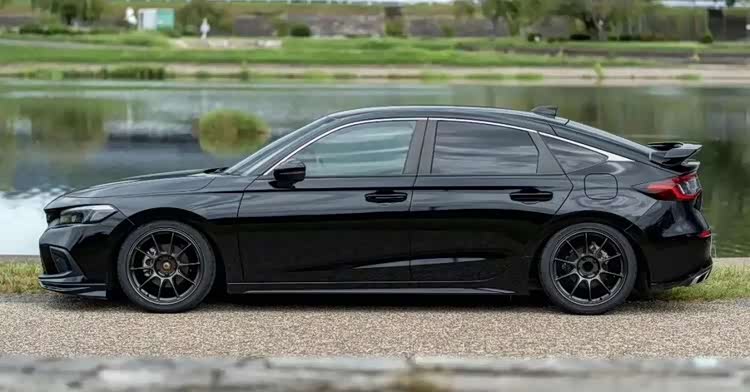
Industry and Market Trends
In July 2025, Honda's total sales in China reached 44,817 units, a decrease of 14.7% year-on-year and a 24% decline compared to June. This marks the seventh consecutive month of year-on-year sales decline for Honda in China.
Cumulative sales from January to July 2025 totaled 359,969 units, down 23.16% compared to the same period last year. Honda has experienced five consecutive years of declining sales in China. Its monthly sales of new energy vehicles have not exceeded 100 units, far behind those of leading domestic brands.
Outlook and Predictions
It is extremely challenging for Honda to reverse its current decline in the Chinese market. Regaining significant market share in the short term is highly unlikely. To shift this trend, Honda would need to:
- Introduce highly competitive new energy models with strong market acceptance
- Significantly reduce terminal prices to align with those of domestic new energy vehicles
- Improve market responsiveness and rebuild brand competitiveness
If major strategic adjustments are not implemented, Honda risks further marginalization in the Chinese automotive market.




